


Hi! My name is Barath and I am a fourth/final year student studying Statistics and Computer Science at the University of Waterloo, Canada. I love all things Engineering & Product! So far, I have worked at PointClickCare (cloud healthcare), and Manulife (insurance). As of today, I hold 2 years of software engineering work experience.
My most impactful work was @Manulife where I built integration solutions using Azure, hardened Azure servers using Ansible/Chef, did React UI development, and contributed to Python ETL work across 2 coop terms.
Some of my hobbies include playing basketball, listening to music, writing songs, and reading books. I LOVE the Goosebumps series so if you enjoy it too, let's connect :)
I enjoy data analytics & backend work (e.g., cloud, data, machine learning) but am open to all opportunities!
Please get in touch with me @Email. Enjoy the rest of your stay!
MY PROJECTSJava
Python
JavaScript
HTML/CSS
Django
Spring
Docker
PostgreSQL
- Engineered a Groovy-based feature that enables an Azure GPT3.5 Turbo to review lengthy SQL files and automatically flag SQL rule deviations in pull requests, providing real-time, non-intrusive quality checks (i.e., undisturbed Jenkins build), effectively addressing a department-wide pain point
- Became a subject matter expert on React taking on higher complexity UI tasks, such as building a multi-select search filter, allowing rendering of user messages, enabling edits to time on “move-out” operations, and solving critical bugs
- Wrote performance-oriented automation tests using Java reducing overall runtime by ~15% while significantly simplifying the test engineer’s workload due to stronger code coverage
- Proved out Qualys Cloud Agent functionality in Ansible by leveraging Azure, Ansible Modules, and YAML
- Built a Chef feature using Ruby to validate access control policies (Sudo, HBAC) during the provisioning of a server, strengthening security and reducing server deployment time by 15%
- Led the effort to transform and load 20+ client dental fields into an upgraded database using Spark and DataBricks
- Refactored codebase for a mission-critical React project by consolidating logic, modularizing code, and deleting files
- Built a performant API-driven table rendering functionality (< 3s response) using JavaScript, React, and Material UI
- Added button functionality and conditional fields to streamline client data entry using React Hooks and JSX
- Recognized for building engineering documentation (e.g., diagrams) for the team’s core projects on Confluence
- Integrated Manulife Bank (SOAP) with Salesforce (REST) using Azure to enable low-latency bidirectional interaction
- Introduced Azure Logic Apps for this integration by proving a simpler SOAP to REST flow (low-code), 42% more performance (< 1s latency), and little to no downtime than the previously deployed model—which used PCF
- Solved authentication using Azure App Service Environment to allow the Logic App to hit bank’s on-prem SOAP APIs
- Identified a weak security protocol and resolved it by implementing OAuth 2.0 to the Logic App using Azure AD
- Automated execution by enabling Salesforce to successfully consume the Azure Logic App through Apex code
- Built an Azure Health Function using Java to detect the health of the team’s Redis cache application, PostgreSQL database application, as well as an internal API for availability monitoring
- Leveraged multithreading with Python to reduce the runtime of script validation for OHDSI Athena datasets with 150,000+ rows by 56%
- Provisioned an Azure Event Hub using Java and Terraform to enable parallel ingestion of ~22 million patient data
- Estimated engineering effort needed to map 68 data fields to FHIR using SQL for a 2-year ONC Certification project
- Met Mike Wessinger (Co-founder), Andrew Datars (SVP Engineering), and Haseem Kheiri (Distinguished Engineer) one-on-one
- Engineered a new API in 1 week (half a sprint) using Spring to inform 10,000+ vendors on ancillary charge statuses
- Integrated comprehensive unit tests with JUnit for public APIs to improve API robustness and maintainability
- Maintained 3 public API documentations cooperatively with the Product Team using YAML and Java
- Designed and implemented the prototype of Horizon Access, an IAM system, with Python, Django, and PostgreSQL
- Built a feature in Django that receives JSON and automates SQL queries under ~0.05s to display frontend tables
- Deployed Apache Kafka big data pipelines to enable client-side vehicle IoT data streaming (~15GB per day)
- Introduced REST API approach and built the system design of Harled's Equipment Tracking System with team
- Automated GPS JSON responses with Python to decrease software testing time by 50%
- Leveraged PostgreSQL via Django ORM for storing and retrieving equipment data to promote development
- Initiated and led "Python for Data Analysis" 1-hour live workshop for 25+ students covering Pandas and NumPy
- Orchestrated a “Natural Language Processing” 30 minute live workshop on Word Embeddings and the NLP Pipeline
- Led 3 researchers on a data analysis to understand the effects of impure training data on ML models
- Drove a failure analysis of the problems, formulated a solution design, and drafted an academic paper
- 3.90/4.00 CGPA
- Data Science Club, Statistics Club, Problem Lab
- 95% in Grade 12
- Aramark Inspire Award (valued at $150)
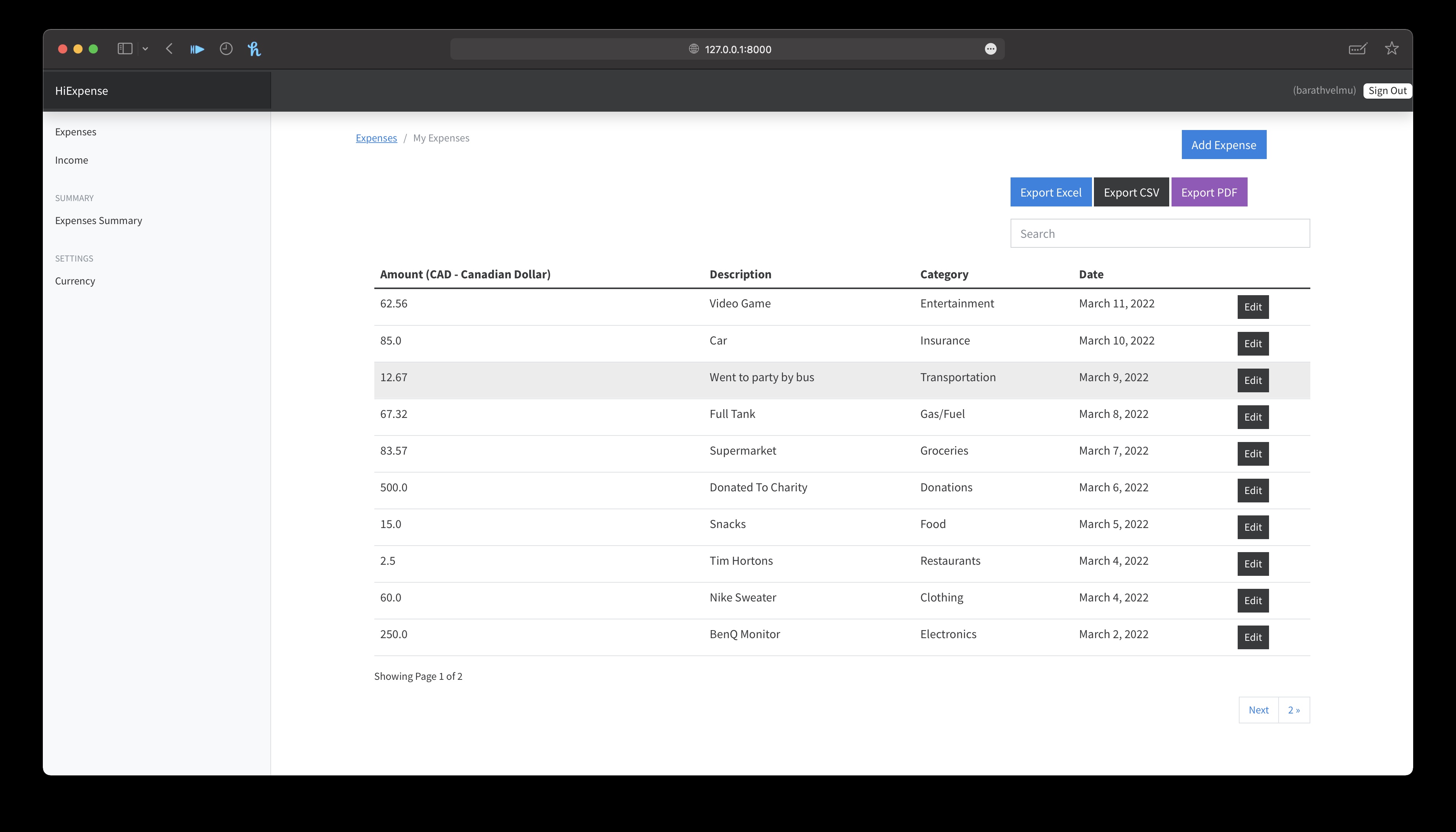 View Project
View Project
Hi-Expense: Financial Management Software
Hi-Expense is a personal financial management software. It has integrated end-to-end authentication with register, login, and password reset functionality. Users can add their expenses and well as their income and track them over time. One can also delete and edit such entries. There is an extensive ajax search functionality for users to search by "source", "amount", "category", "description", "date", and more. This application allows for export capability to CSV, Excel, and/or PDF as well. Last but not least, there is a responsive dynamic expense chart for data visualization. This helps to graphically present expenses. Users are also given the ability to choose their preferred currency: over 100 currencies available!
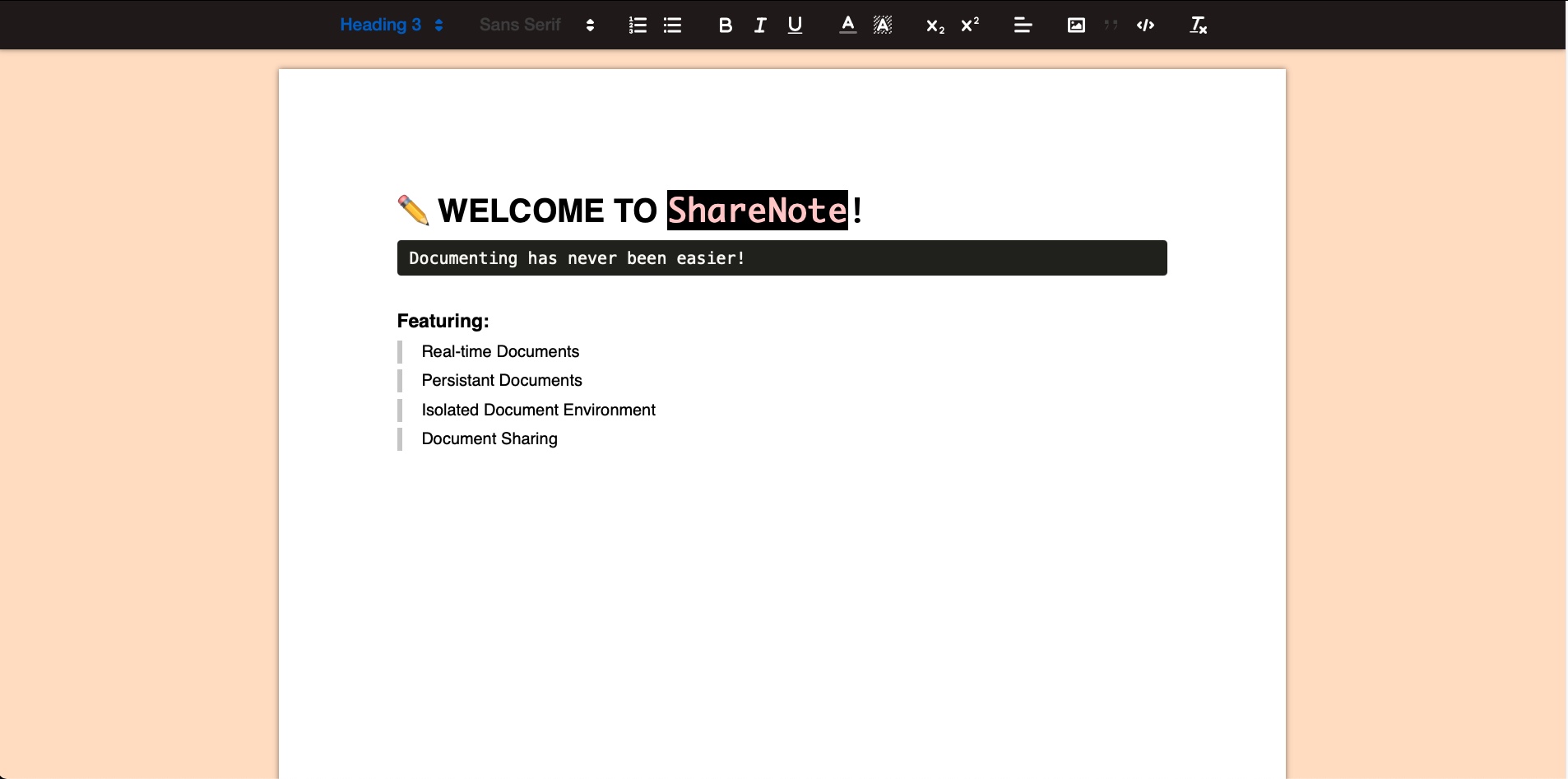 View Project
View Project
ShareNote: Online Word Processor
ShareNote is a real-time online word processor. This application allows a user to generate, edit, save, and share documents. With the help of Socket.IO, ShareNote allows for document collaboration (co-authoring). Every document is associated with a unique documentId. This approach allows for the seperation of documents. No 2 documents will be the same. The text editor was built using the Quill API. Data is managed via MongoDB. Socket.IO handles real-time, bidirectional and event-based communication.
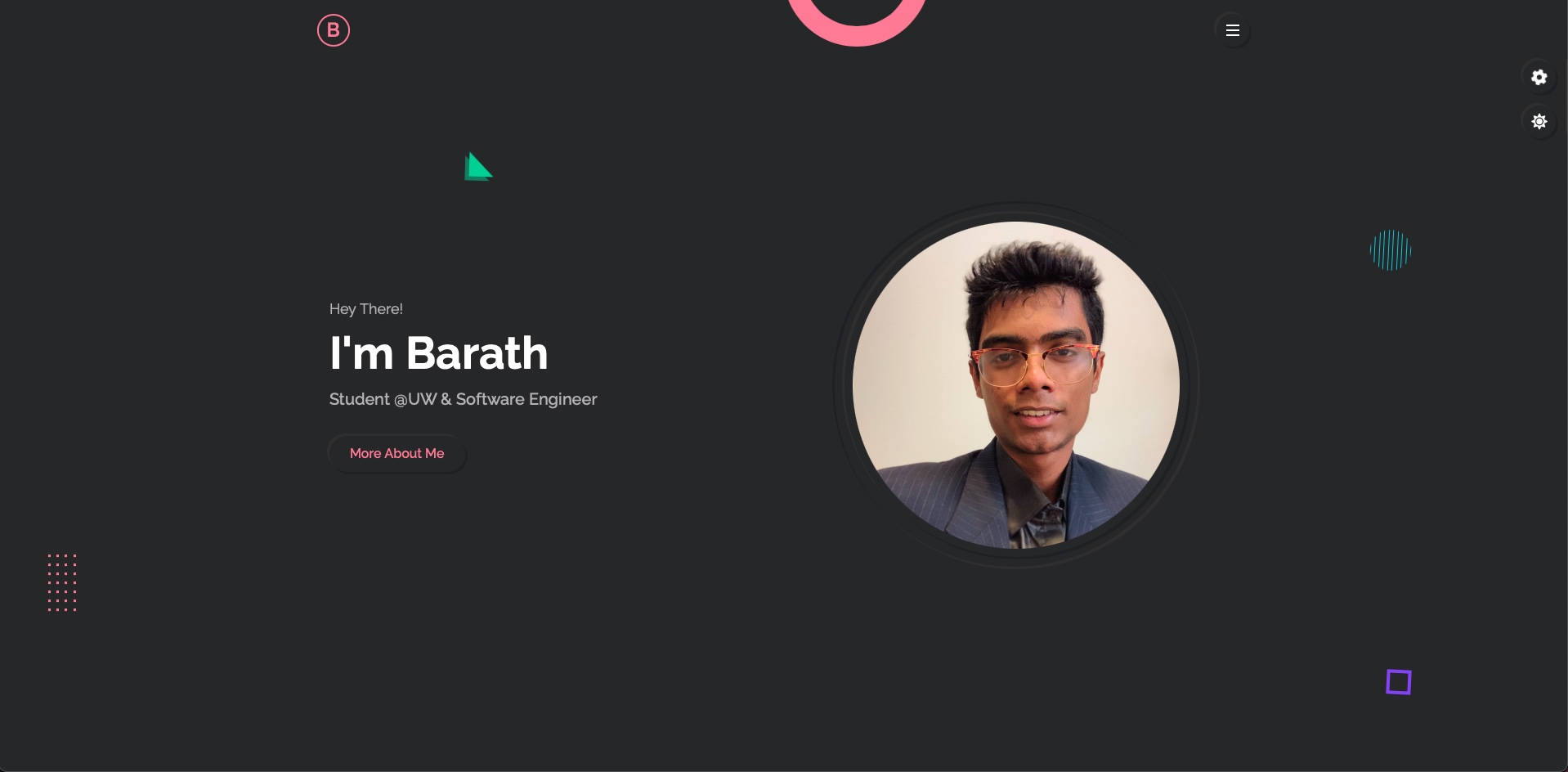 View Project
View Project
Barath's Portfolio
My personal portfolio adopts both a single-page application and mobile responsive design. Both concepts were new to me and I am happy I got to learn them! HTML handles the content, CSS handles the styling, and JavaScript handles the communication layer. When you toggled for this description, JavaScript executed! This project will be constantly maintained/updated.
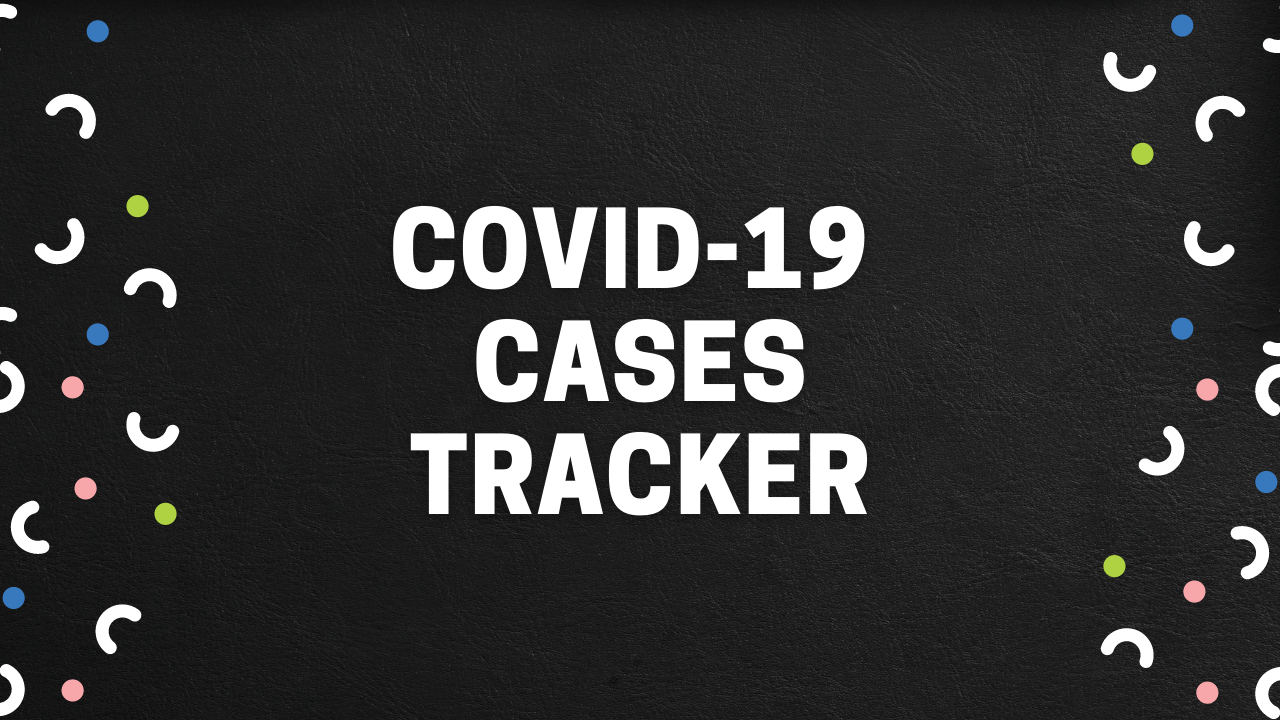 View Project
View Project
COVID-19 Cases Tracker
With COVID-19's recent boom, there were thousands of articles, news reports, and videos covering cases around the world. I quickly felt overwhelmed by the amount of information being released daily. To make things simpler for my family and I, this one-stop web-application was developed. One can in a matter of minutes note how the virus is progressing all across the world. Big thanks to the John Hopkins University GitHub repository maintainers! An amazing learning experience working on this Tracker!
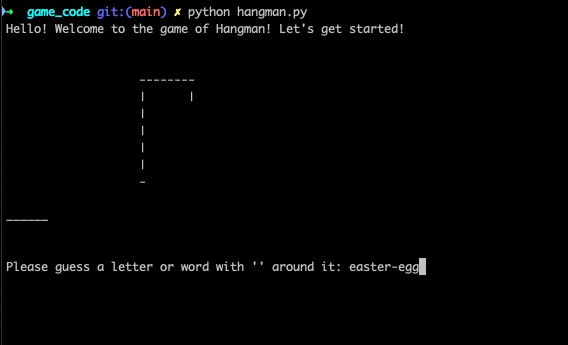 View Project
View Project
Hangman Game
This is a terminal version of the Hangman game where anyone, who clones the repository and runs the Python script, can play! The purpose of this game was to serve as a delicate ice-breaker for 1-on-1 coffee-chats I had. I was also curious about game development and wanted to try experimenting. Please note that no new rules were added to the game and everything follows as the original Hangman. For those who are new to the game of Hangman, please refer here. Please visit the GitHub link to get started with the game!
Category -
